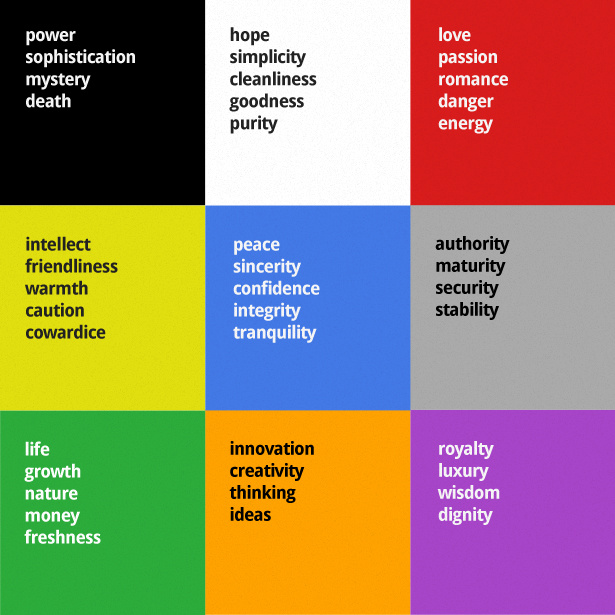The Psychology of Colors in Online Marketing

Colors are an essential aspect to Marketing and Sales, especially in this burgeoning era of the smartphone. Our brains are hard-wired to consume, process and digest visual information much more quickly. Design can improve virtually every experience because of the simplicity and clarity it provides in a world of distractions.
One of the most important aspects of design is Colors. They have a significant impact on our mind and might change the way we feel about any products or services. Colors can also affect emotions and potentially become a powerful tool in the hands of expert content hub designers. Finally, colors can make people react or take specific actions.
Color Psychology
This is nothing but a branch of behavioral psychology that deals with how a specific set of colors affect human behavior. Here are some facts about how color affects the behavior of a consumer.
- 93 percent of consumers state that visual aspects(design, color, space) are more influential than other aspects (smell, taste, other senses)
- Studies suggest that people make a subconscious judgment about a product within 90 seconds of initial viewing; up to 90 percent of that assessment is based on color, alone.
- Color can improve readership by 40 percent, learning from 55 to 78 percent, and comprehension by 73 percent.
Speaking of context, Here is a dosage:
Heinz changed the color of their signature ketchup from red to green — selling over 9 million bottles in the first 7 months, resulting in $24 million in sales.
Targeting Genders
Demographics can be defined as the parameters which are used in segmenting the targeted audience into more specific groups. Some commonly used demographics include gender, age, location, languages known, annual income, parental status etc.
Diving deeper into the ‘who’ rather than focusing on ‘what’ specific color to use for more sales.
But, it is much easier to rely on stereotypes. However, this isn’t a solid strategy to attract your target customer.
Triggering Emotions
Evoking strong emotions can increase the likelihood of something being shared. And while any content that was emotional did affect the audience, the positive the content the better it spread.
This is because it makes the person who is interacting with that content more positive and happy, so they are far more likely to want to share it and spread the happiness.
The Goldilocks effect
The story of Goldilocks: When she discovers three bowls of porridge, she chooses the one that’s “not too hot, not too cold, but just right.” Consumers practice “the Goldilocks effect” all the time while shopping.
They look not for the cheapest or most expensive option but the one that’s right in the middle. This works when all of your products are similarly colored or priced, too, because consumers tend to be drawn to the middle option anyway.
The Conclusion
The proper use of color choice can support and empower brand awareness and readability. Colors can simplify navigation and enhance calls to action. The successful use of color for cross-border branding and content launches can be tricky, but there are relevant success stories all around.
